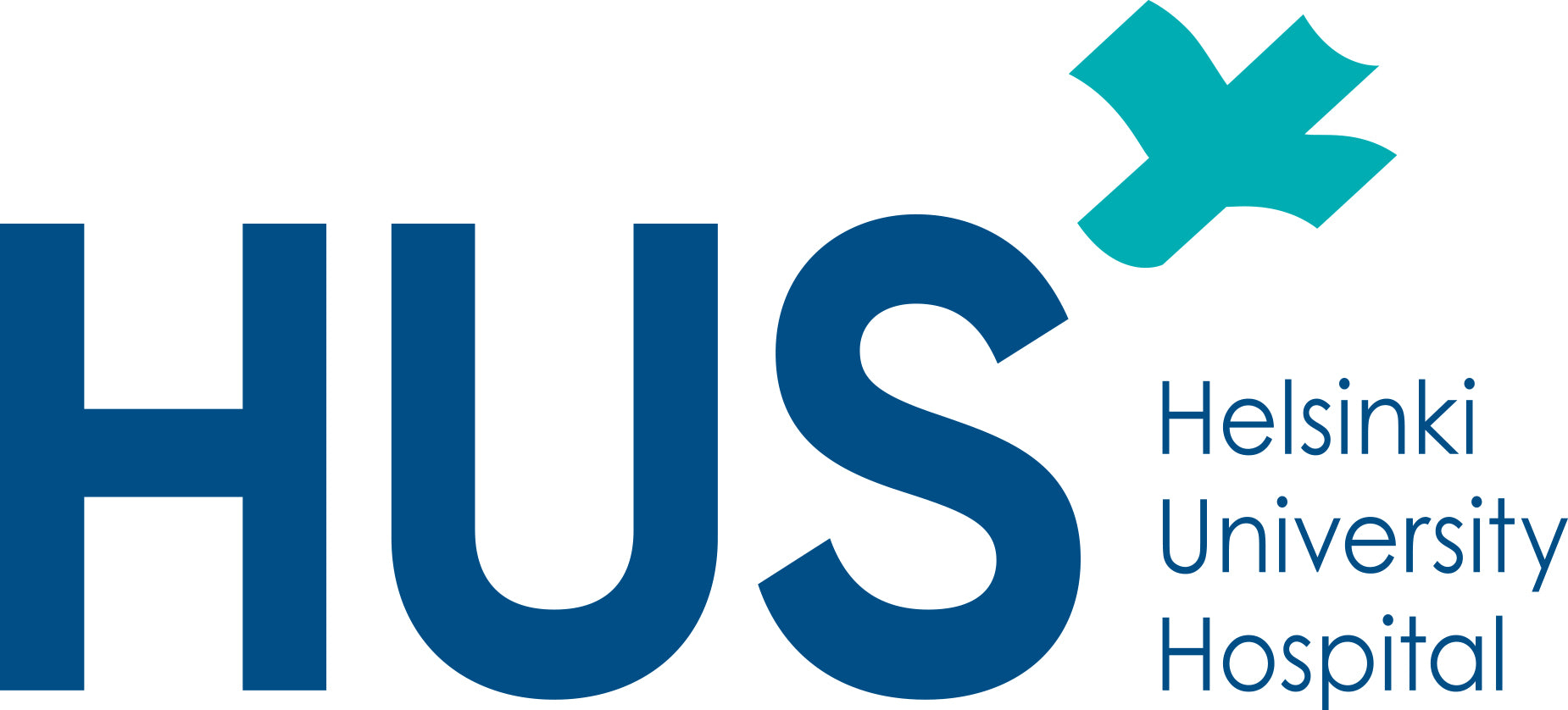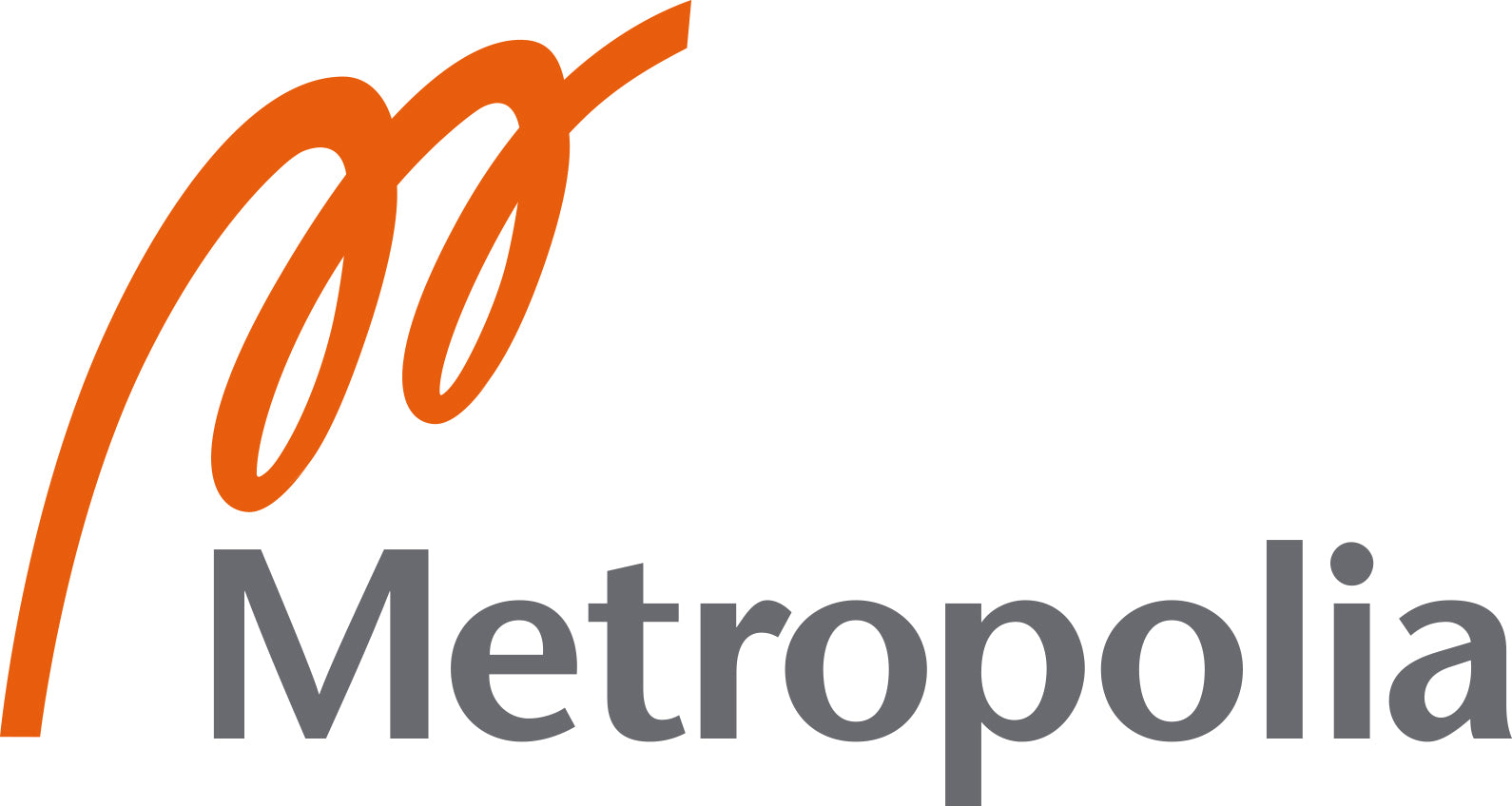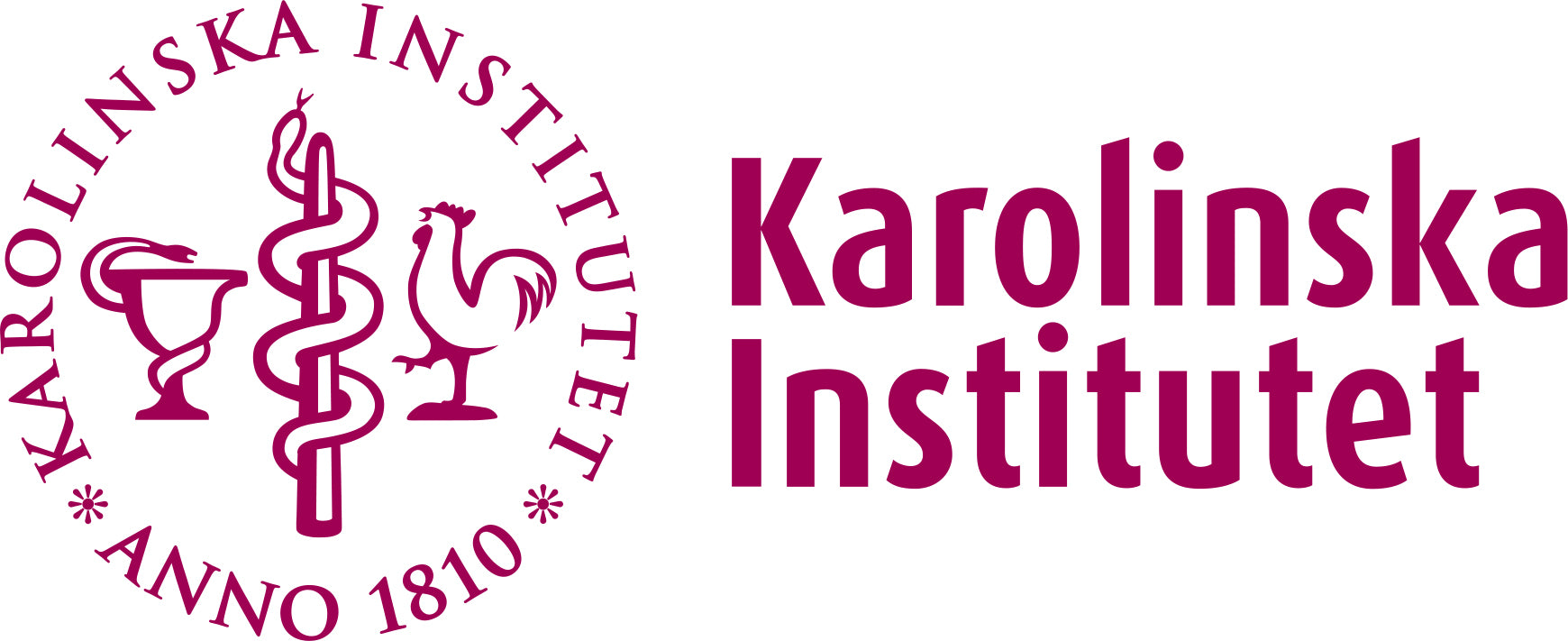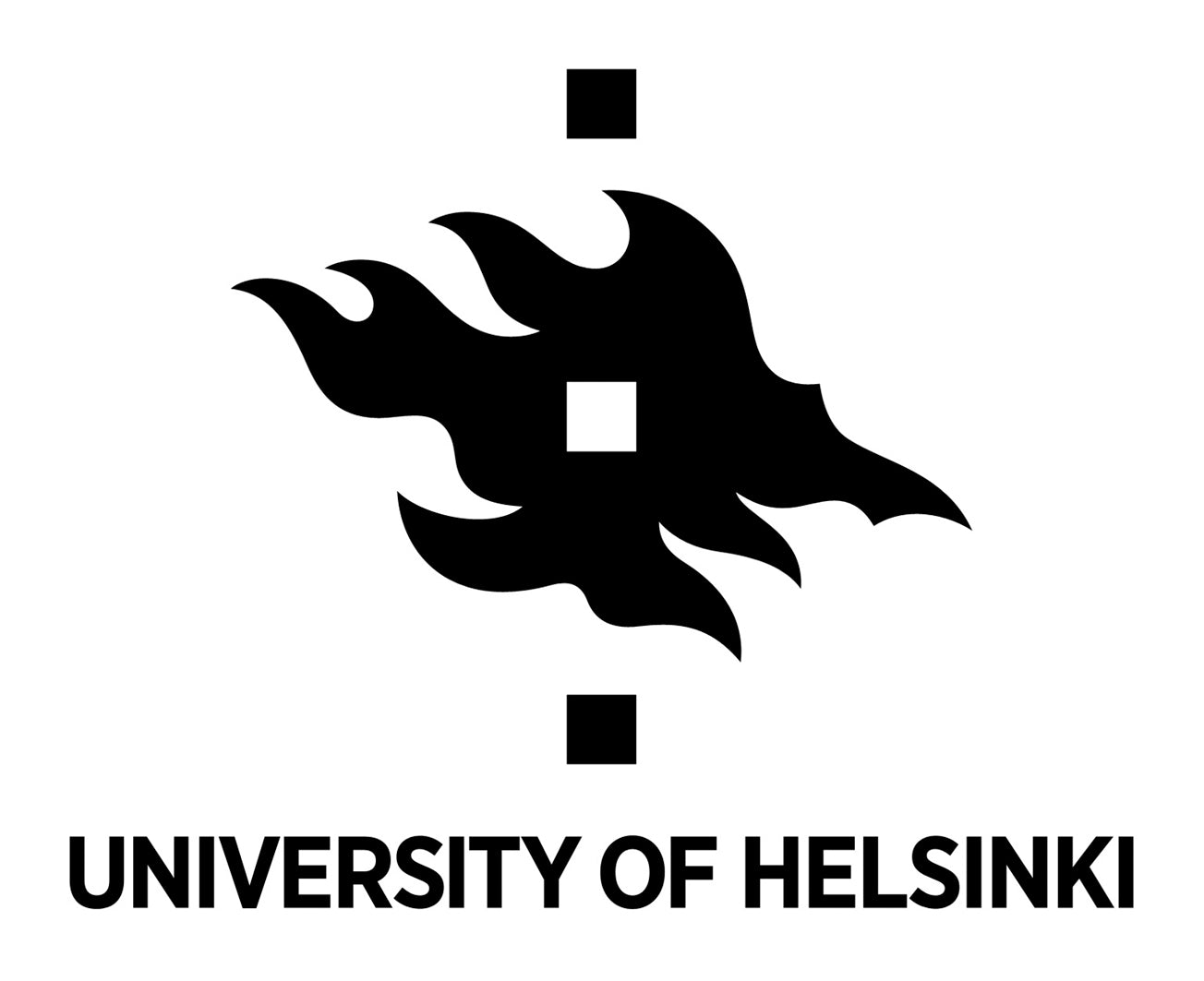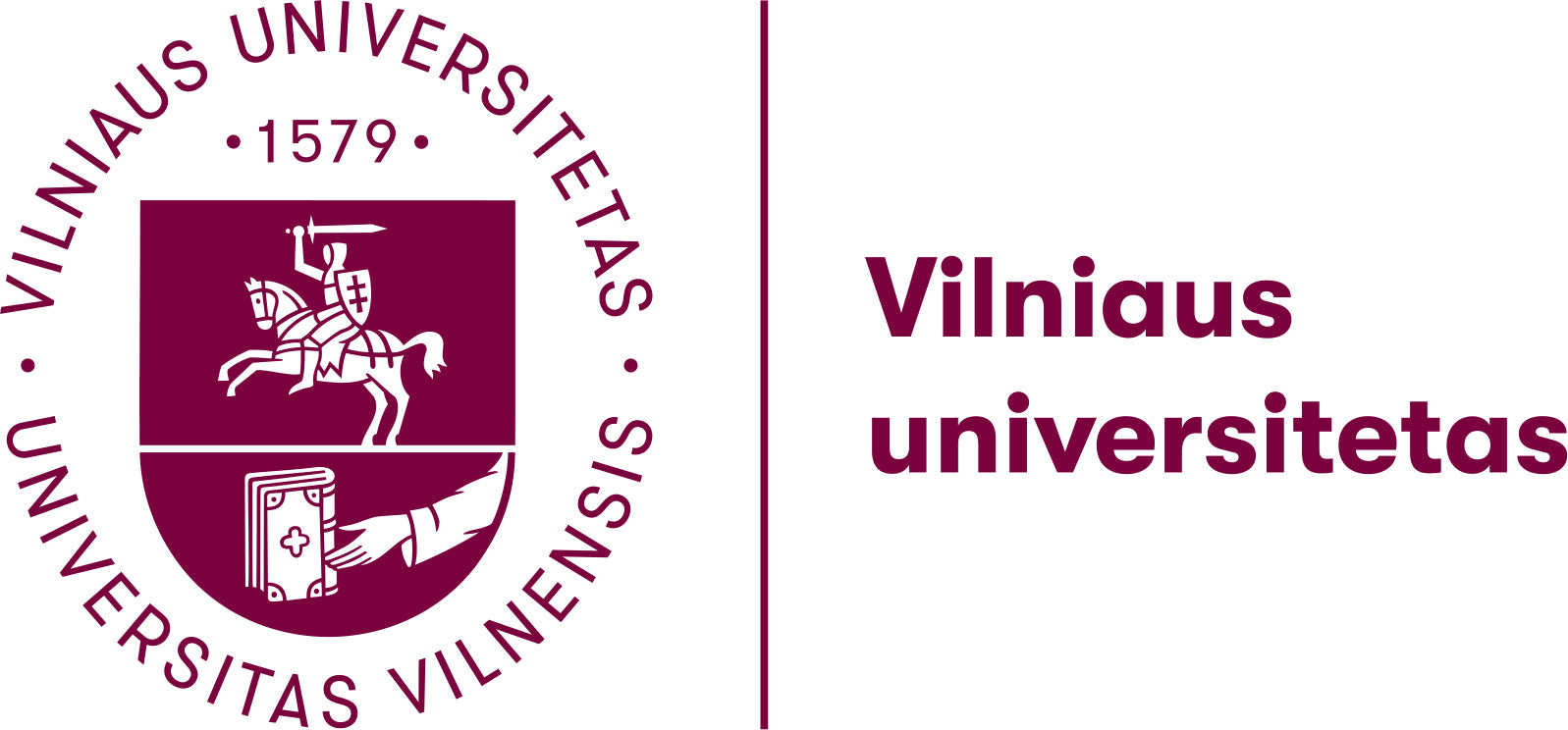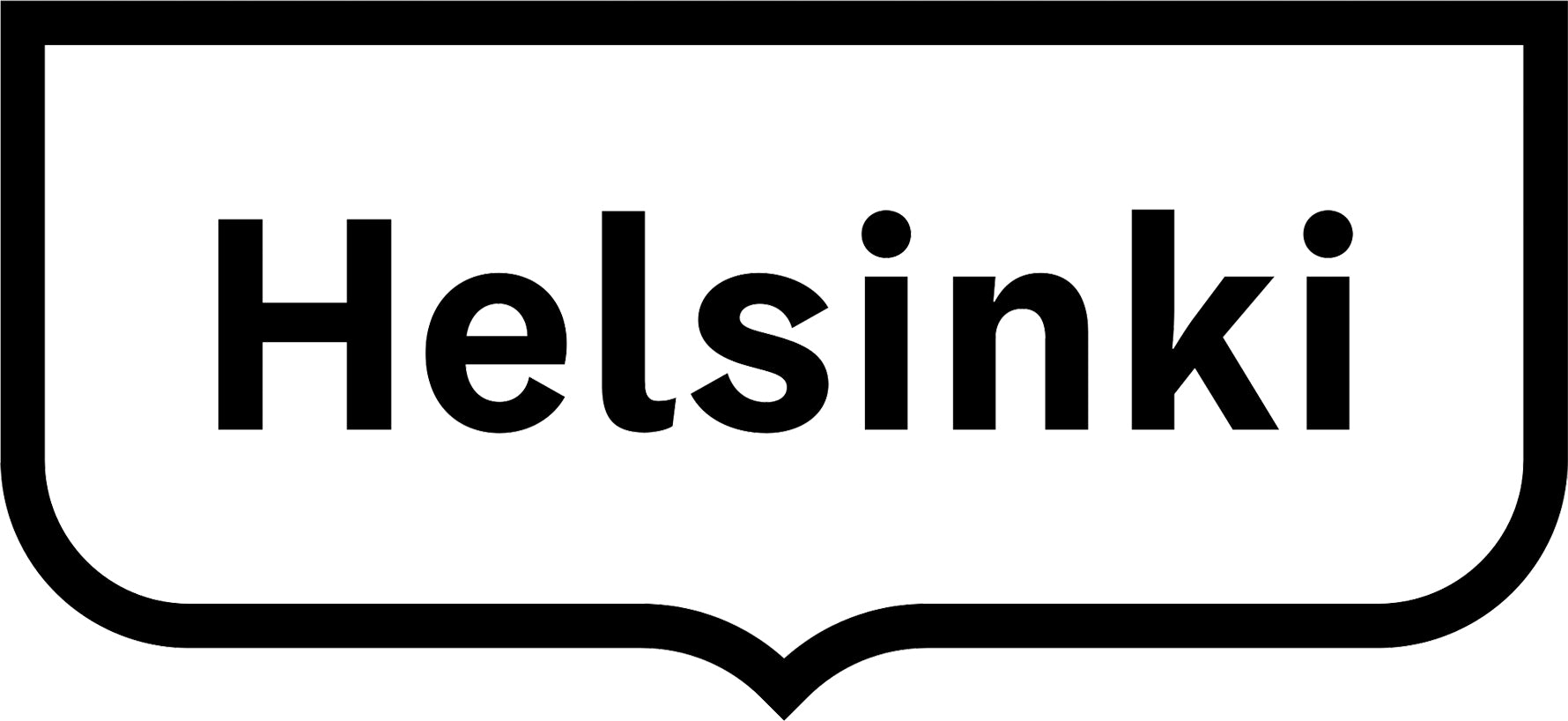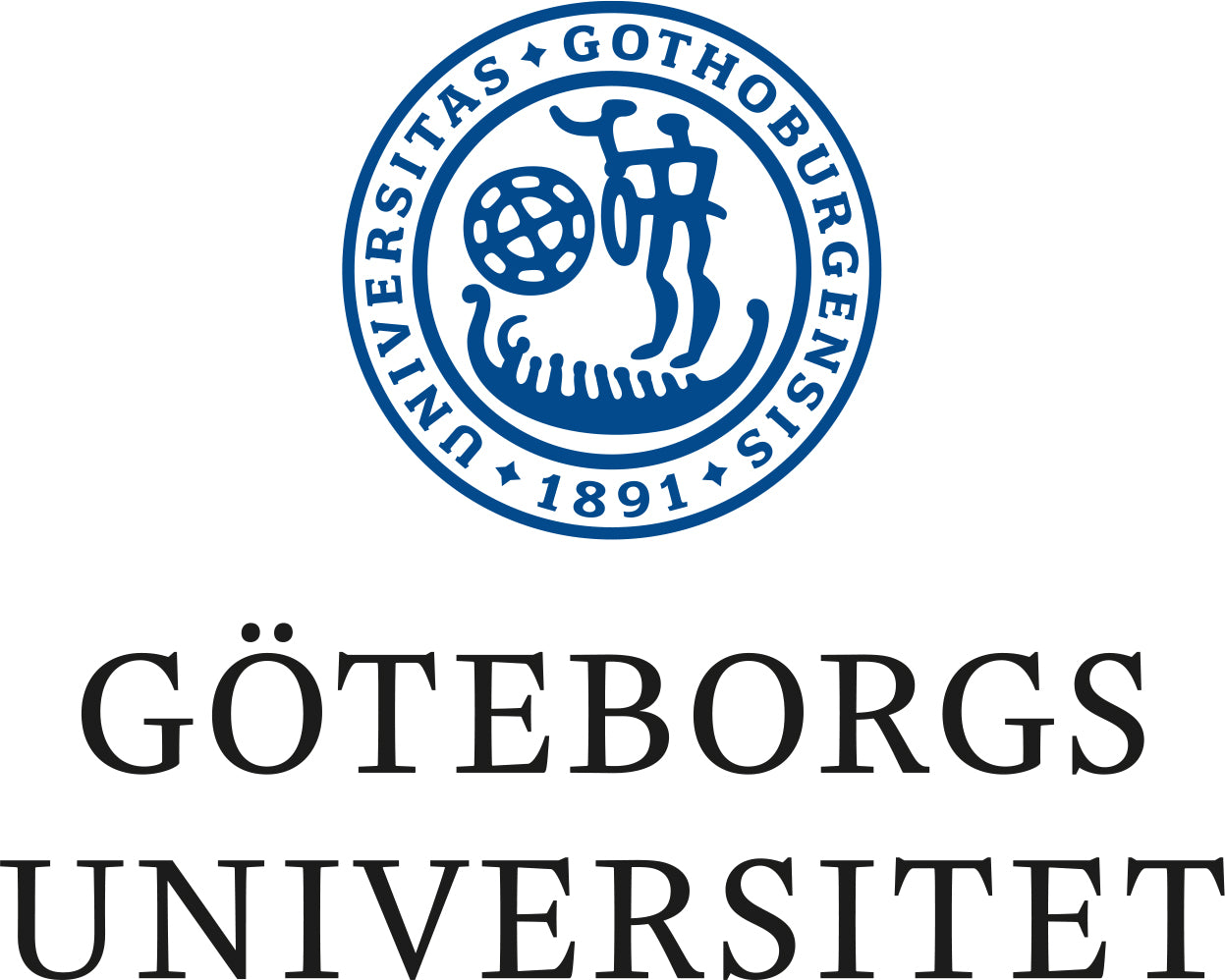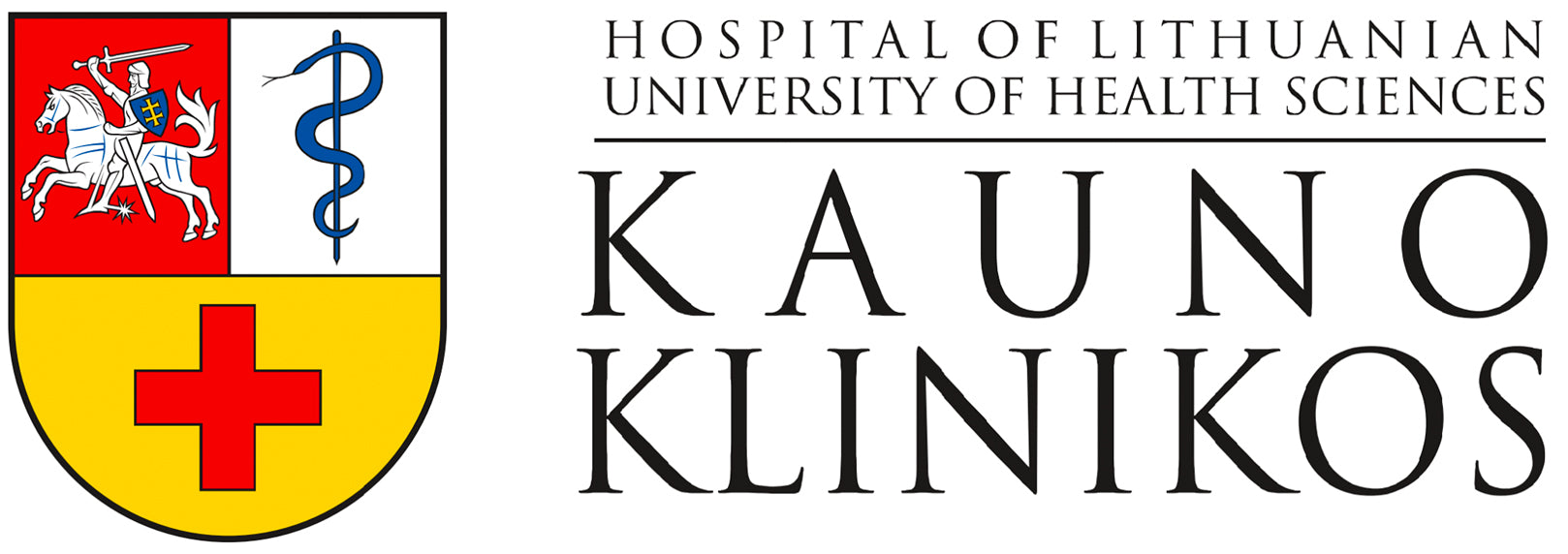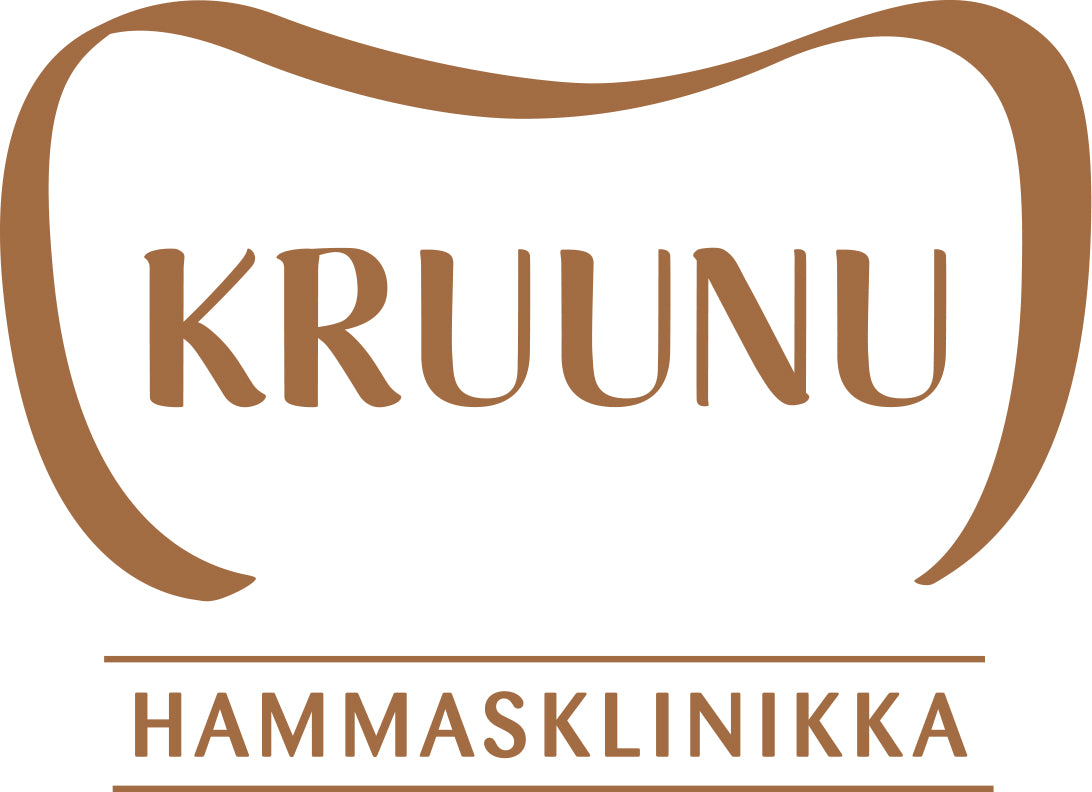Tiivistelmiä Lumoral-hoidolla tehtyjen kliinisten tutkimusten tuloksista
"Kliininen tutkimus edellyttää onnistuakseen tiivistä yhteistyötä eri alojen asiantuntijoiden kesken. Usein yksittäiset tutkimusprojektit saavat alkunsa juuri näistä ammattilaisten välisistä keskusteluista ja yhteisestä kiinnostuksesta ratkaista kliinisiä haasteita. On ollut erityisen ilahduttavaa huomata, kuinka paljon Lumoral-metodi on herättänyt kiinnostusta tutkimuksesta innostuneiden ammattilaisten keskuudessa." – Mikko Kylmänen, Koite Health Oy:n tutkimusvastaava
Lue lisää tutkimuksista lumoralpro.com sivulla
Kliininen, satunnaistettu tutkimus parodontiitista (väliraportti): 57/200 tutkittavaa, vuonna 2022
Euroopan suurin parodontiittitutkimus HOPE-CP osoittaa, että parodontiitin hoidon tulokset paranevat merkittävästi, kun päivittäinen Lumoral-hoito lisätään parodontiitin omahoidon rutiiniin.
54%:lla Lumoral-ryhmän tutkittavista tulehduksesta kertova ienverenvuotoindeksi BOP väheni terveen tasolle (BOP alle 10%). Kahdella kolmesta (67 prosentilla) Lumoral-hoitoa saaneista potilaista syvien ientaskujen määrä vähintään puolittui alkutilanteeseen verrattuna. Molemmat tulokset olivat merkitsevästi parempia kuin verrokkiryhmässä. Myös syvien (yli 3 mm) ientaskujen määrä väheni selkeästi enemmän Lumoral-ryhmässä ja neljällä Lumoral-ryhmän tutkittavalla syviä ientaskuja ei ollut jakson päättyessä enää lainkaan.
Tutkimuksen loppuraportti (n=200) on tällä hetkellä vertaisarviossa.
Monikeskustutkimus Pohjois-Suomessa parodontiittipotilailla / LumoNorth2022
Tutkimuksessa molempien ryhmien osallistujilla havaittiin merkittävää vähenemistä plakki-indeksissä (VPI) ja ienverenvuodossa (BOP) kolmen ja kuuden kuukauden kuluttua. NSPT+Lumoral-ryhmän osallistujilla kuitenkin BOP ja VPI vähenivät merkitsevästi enemmän kuuden kuukauden kuluttua (p=0,03, p=0,04) verrattuna NSPT-ryhmään. (NSPT = ei-kirurginen parodontaalihoito).
Syvien ientaskujen (PPD≥4 mm) esiintyvyys väheni merkittävästi NSPT + Lumoral®-ryhmässä kolmen ja kuuden kuukauden mittauspisteissä (p=0,0019, p=0,0043), mutta ei NSPT-ryhmässä.
Parodontaalisen epiteelin pinta-ala (PESA) ja parodontaalinen tulehduspinta-ala (PISA) pienenivät merkittävästi NSPT + Lumoral®-ryhmässä (p<0,01), kun taas kontrolliryhmässä ei havaittu merkittäviä muutoksia.
Tutkimuksen raportti on tällä hetkellä vertaisarviossa, mutta preprint-julkaisu löytyy: https://www.medrxiv.org/content/10.1101/2025.03.25.25324596v1
Kliininen, satunnaistettu tutkimus peri-implantiitista: 40 tutkittavaa, vuonna 2025
Tutkimuksessa nähtiin yhdenmukaisia havaintoja ja selkeitä eroja ryhmien välillä. Kaikilla tutkittavilla havaittiin plakin vähenemistä, Lumoral-ryhmässä ienverenvuoto ja tulehdusmarkkeri (aMMP-8) vähenivät merkittävästi.
Satunnaistettu tutkimus ympärivuorokautisessa hoivassa asuvista ikäihmisistä: 31 tutkittavaa, vuonna 2023
Tutkimuksessa havaittiin, että valoaktivoitu Lumoral-hoito parantaa suun terveyttä 24 tunnin hoitolaitoksissa asuvilla henkilöillä osana normaalia suuhygieniaa. Lumoral-ryhmässä oli parempi sekä suuhygienia että myös suun kosteus (objektiivisesti ja subjektiivisesti arvioituna).
Tutkimusartikkeli on tällä hetkellä vertaisarvionnissa.
Pilottitutkimus peri-implantiitista: 7 tutkittavaa, vuonna 2022
Lumoral-tutkijana ja Suomen Suuhygienistiliiton puheenjohtajana vaikuttava Hanna Lähteenmäki julkaisi vuonna 2022 pilottitutkimuksen tuloksia, joista selviää, että Lumoral-hoidolla on saatu lupaavia tuloksia myös hammasimplantteihin liittyvien tulehdusten hoidossa. Lähteenmäen mukaan potilaiden plakin määrä ja ienverenvuoto vähenivät merkittävästi alkutilanteeseen verrattuna, eikä Lumoralin käyttöön liittynyt sivuvaikutuksia. Tässä tutkimuksessa mielenkiintoa on herättänyt Lumoral-hoiton vaikutus parodontaalisairaudesta ilmaisevaan aMMP-8-tulehdusmerkkiaineeseen.
Kaksoisvalohoitoon perustuva Lumoral on lääkinnällinen laite ientulehduksen ja parodontiitin hoitoon sekä hampaiden reikiintymisen ehkäisyyn. Hoito poistaa plakkia tehokkaasti ja estää hammaskiven muodostumista.
Tapausraportti parodontiittipotilaasta: 78-vuotias henkilö, vuonna 2022.
Tapausraportissa 78-vuotiaasta vaskulaarista dementiaa sairastavasta mieshenkilöstä selvisi, että Lumoralin antibakteerinen hoito eliminoi tehokkaasti suun haitallista bakteeristoa hoitaen myös pitkälle edennyttä iensairautta. Tutkimus julkaistiin Dentistry Journal -julkaisussa.
Toipuminen vakava-asteisesta parodontaalisairaudesta 13 kuukauden seurantajakson aikana oli erinomaista, tutkimus paljastaa. Suun hygienia parani selvästi ja tulehtuneiden ientaskujen määrä väheni merkittävästi. Lisäksi kliininen kiinnitystaso parani. Jäljellä oli vain yksi infektoitunut periodontaalitasku, ja tämän voidaan väittää ainakin osittain johtuvan okkluusiotraumasta, tutkijat huomauttavat.
Plakkitutkimus terveillä aikuisilla, satunnaistettu: 15 tutkittavaa, vuonna 2023
Metropolia-ammattikorkeakoulun suuhygienistiopiskelijoiden toteuttamasta plakkitutkimuksesta selvisi, että Lumoral-laitteen käytöstä kahdesti viikossa on hyötyä myös perusterveillä ihmisillä. Tutkimus paljasti myös, että biofilmin väheneminen oli merkittävästi suurempi Lumoral-laitetta käyttäneiden koeryhmässä kuin kontrolliryhmässä.
Opinnäytetyön tarkoituksena oli selvittää antimikrobisen Lumoral-menetelmän tehoa suun biofilmin vähentämisessä osana suun omahoitoa perusterveillä 18–70-vuotiailla vapaaehtoisesti tutkimukseen osallistuvilla.
Käynnissä olevat kliiniset tutkimukset Lumoral-hoidolla
Huomioithan, että tässä listassa ei mainita jo julkaistuja tai suunnitteilla olevia tutkimuksia.
Lumoral-hoitoa tutkivia kliinisiä tutkimuksia on tehty tai on käynnissä yhteensä kahdeksassa Euroopan maassa. Tutkittavia näihin tutkimuksiin on rekryoitu yhteensä lähes 800 (tilanne marraskuun 2025 alussa).
Tutkimuksia suunnittellaan ja toteutetaan kansainvälisten standardien mukaisesti, joita ova muun muassa ovat ISO 14155 - GCP (Lääkinnällisillä laitteilla tehtävät kliiniset tutkimukset - hyvä kliininen käytäntö) ja EU:n lääkinnällisistä laitteista annettu asetus EU 2017/745 (MDR).
Sponsored / investigator-initiated; Investigators
Number of targeted participants (status)
Sponsored.
Investigators: Saila Pakarinen, Timo Sorsa, Riitta Saarela, Petri Auvinen, Taina Tervahartiala
200 (in peer-review)
Sponsored.
Investigators: Ann-Marie Roos Jansåker, Katja Elses, Vanessa Larsson
40 (report writing)
Sponsored.
Investigators: Anna Maria Heikkinen, Kati Ylä-Tuuhonen, Katja Rauhala, Timo Sorsa, Jaana Hagström, Ulla Kotiranta, Taina Tervahartiala, Esko Kankuri
60 (active, not recruiting)
Sponsored.
Investigators: Ingrida Pacauskiene, Nomeda Basevičienė, Vita Mačiulskienė, Raimonda Guntulytė, Alma Pranckevičienė, Timo Sorsa, Ismo Räisänen, Petri Auvinen
60 (active, follow-up)
Investigator-initiated.
Investigators: Anna Maria Heikkinen, Millamari Sarja, Satu Kapanen, Teija Raivisto, Timo Kauppila, Ismo Räisänen, Tommi Pätilä, Timo Sorsa, Saila Pakarinen, Essi Teronen, Mikko Kylmänen
120 (active, follow-up)
Investigator-initiated.
Investigators: Nilminie Rathnayake, Timo Sorsa, Akke Kumlien, Monika Kala, Tommi Pätilä
80 (active, recruiting)
Investigator-initiated.
Investigators: Harri Niskanen, Timo Sorsa, Katja Gustafsson, Karim Abdalla, Pekka Kallio
40 (active, recruiting)
Investigator-initiated.
Investigators: Anna Maria Heikkinen, Patrick Saikkonen, Laura Mealonen, Miia Ehrnrooth, Timo Sorsa, Atte Vadén, Andreas Pfuetzner, Marko Helenius, Pirkko Pussinen, Timo Kauppila
150 (active, recruiting)
Investigator-initiated.
Investigators: Paolo Giacomo Arduino, Elio Berutti, Giuseppe Garlo Iorio, Umberto Ricardi, Gugliemo Ramieri, Paolo Garzino Demo, Tommaso Mairano, Alessio Gambino, Giorgia El Haddad
60 (active, recruiting)
Investigator-initiated.
Ulla Marjosola, Minna Elomaa-Krapu, Maarit Valtonen, Tommi Pätilä, Pekka Ruuska, Mikko Kylmänen
36 (active, follow-up)
Investigator-initiated.
Investigators: Prof. Alberto De Biase, Prof.ssa Anna Scotto d’Abusco, Dr. Marco Lollobrigida, Dr. Giulia Mazzucchi, Dr. Alessia Mariano
30 (active, recruiting)
Investigator-initiated.
Investigators: Vanessa Faber, Prof. Werner Birglechner
52 (active, recruiting)
Sponsored.
Investigators: Timo Sorsa, Paula Tegelberg, Meeri Ojala, Merja Ylipalosaari, Jori Lindroth, Petri Auvinen
90 (report in peer-review)
Investigator-initiated.
Investigators: Hellevi Ruokonen, Karita Nylund, Nina-Li Avellan, Patricia Stoor, Kirsten Besuch, Viivi Mattila
80 (active, follow-up)
Investigator-initiated.
Investigators: Elisa Ronkainen, Juho Suojanen, Timo Sorsa, Junnu Leikola, Arja Heliövaara, Taina Tervahartiala
15 (data analysis)
Investigator-initiated.
Investigators: Dimitra Sakellari, Chrysoula Vakaki, Veta Doufexi, Timo Sorsa, Ismo Räisänen, Tommi Pätilä
60 (data analysis)
Investigator-initiated.
Investigators: Riina Rünnel, Laura Gusseva, Liisa Lill, Tommi Pätilä
30 (in peer-review)
Investigator-initiated.
Investigators: Riitta Saarela, Timo Sorsa, Saila Pakarinen, Jaana Helenius-Hietala, Wilma Romppainen, Sanna Korte, Tuuli Seitsamo, Taina Tervahartiala
40 (in peer-review)
Investigator-initiated, collaborative project with the Finnish Sjögren's Syndrome Association
Investigators: Saila Pakarinen, Milla Koivuluoma, Sini Laaksonen, Tommi Pätilä
7 (data analysis)
Miksi tutkimusta tarvitaan?
Kliinistä laitetutkimusta tarvitaan, jotta voidaan varmistua siitä, että markkinoilla olevat terveydenhuollon laitteet ovat turvallisia käyttää, soveltuvat käyttötarkoitukseensa ja että niiden ominaisuudet ja suorituskyky ovat vaatimusten mukaisia. Kun kliiniset tutkimukset tehdään laadukkaasti ja perustuen tieteelliseen arviointiin, sekä käyttäjät että terveydenhuollon ammattilaiset voivat luottaa lääkinnällisen laitteen laatuun ja suorituskykyyn.
Standardit ovat kliinisen tutkimuksen perusta
Lumoral-hoidon kliinisten tutkimussuunnitelmien peruspilareina ovat kansainväliset standardit. Näitä ovat muun muassa ISO 14155 GCP (Terveydenhuollon laitteilla ja tarvikkeilla suoritettavat kliiniset tutkimukset – hyvä kliininen käytäntö) sekä Euroopan unionin lääkinnällisten laitteiden MDR-asetus (Medical Device Regulation EU 2017/745).
Lumoralin kliinisellä tutkimuksella tulee olla selkeät päämäärät ja tavoitteet, joilla joko varmistetaan jo hyväksytyn myyntiluvan mukaisia hoidon vaikutuksia tai etsitään Lumoral-hoidolle uusia käyttökohteita. Säädösten tiukka noudattaminen varmistaa sen, että tutkittavien turvallisuudesta ei tingitä.
Innovoinnin asialla
Lumoralin tutkimukset avaavat uusia mahdollisuuksia suunhoidon kehittämisessä. Yrityksemme on ylpeä voidessaan edistää terveyttä ja hyvinvointia innovatiivisten ratkaisujen avulla.
Käynnissä olevat ja päättyneet tutkimukset korostavat Lumoral-hoidon monipuolisia sovellusmahdollisuuksia suun terveyden parantamisessa eri väestöryhmissä ja erilaisissa sairauksissa
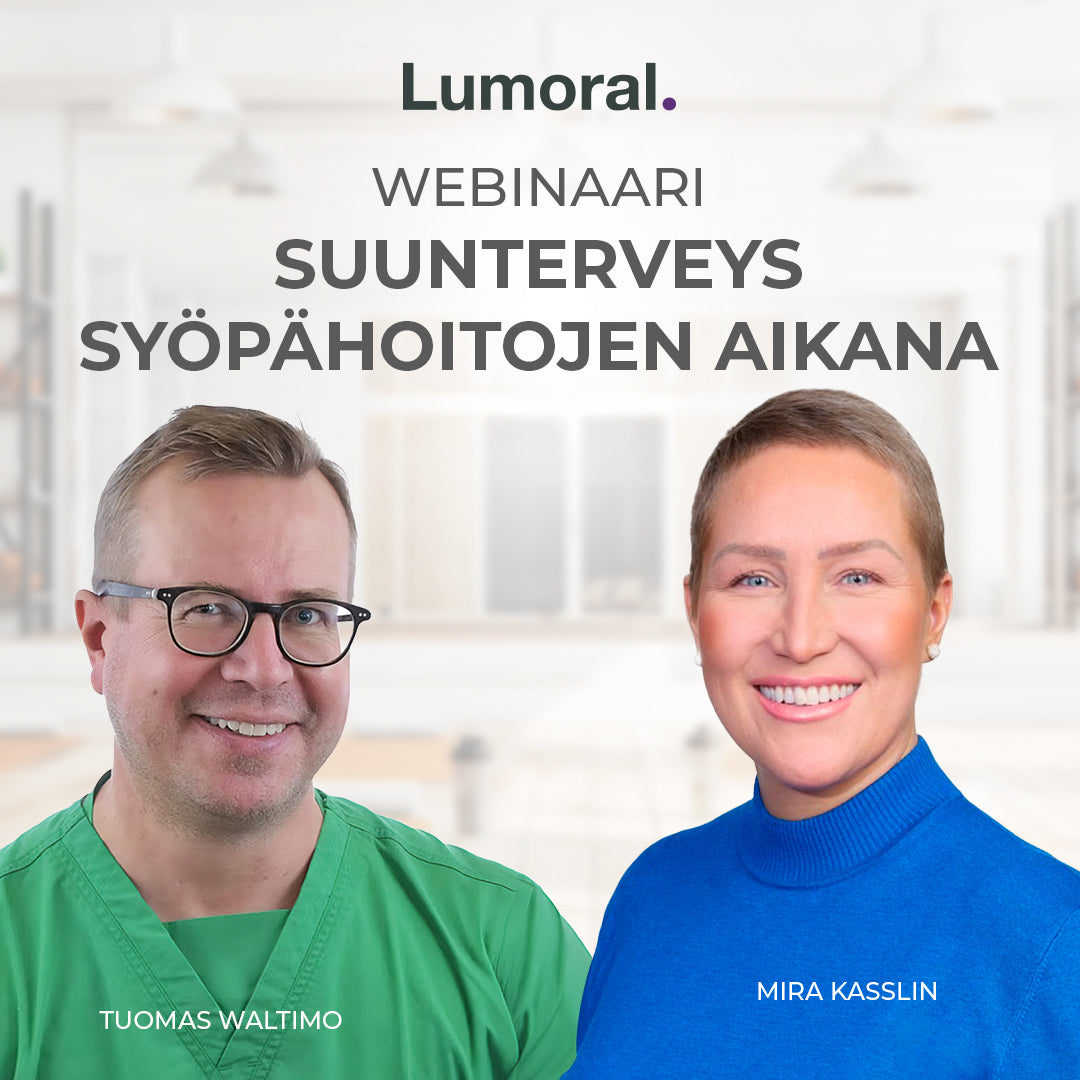
Suunterveys syöpähoitojen aikana
Erikoishammaslääkäri Tuomas Waltimo luennoi webinaarissamme, ja kokemusasiantuntijana toimii Mira Kasslin.
Syöpähoidot, kuten sädehoito ja solunsalpaajat, voivat heikentää suun terveyttä. Tyypillinen komplikaatio on suun limakalvoilla ilmenevä tulehdus, mukosiitti.
Hyvä suuhygienia ja tihennetyt hoitokontrollit auttavat ehkäisemään komplikaatioita.
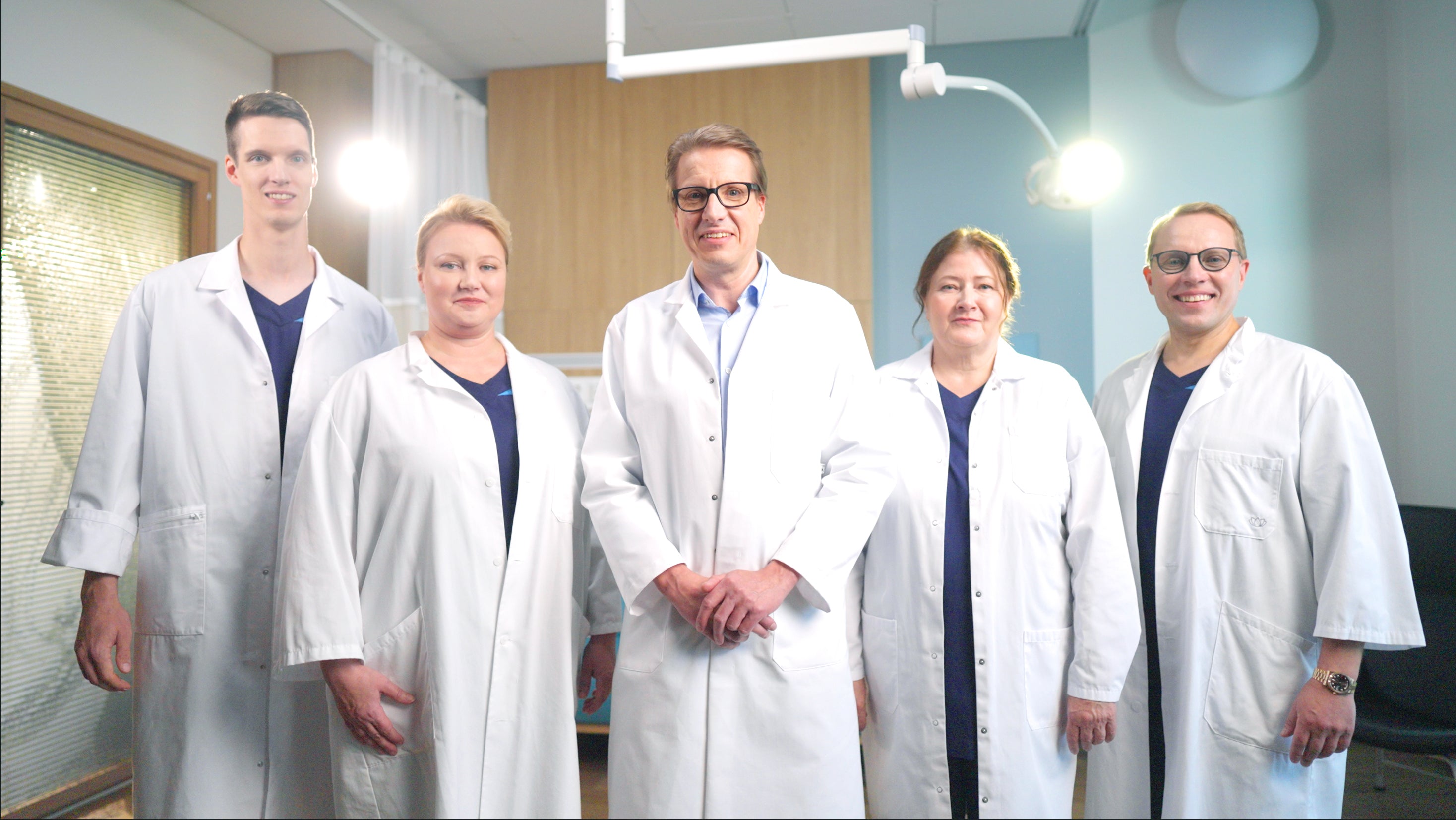
Lumoral: uusia askeleita antibakteerisen Lumoral-hoidon tieteellisessä tutkimuksessa
Suomalainen suunhoidon innovaatio Lumoral on herättänyt akateemisen maailman kiinnostuksen, ja useita uusia Lumoral-tutkimuksia on jälleen käynnistynyt viimeisten kuukausien aikana. Koite Health Oy...
Tutkimusyhteistyössä
